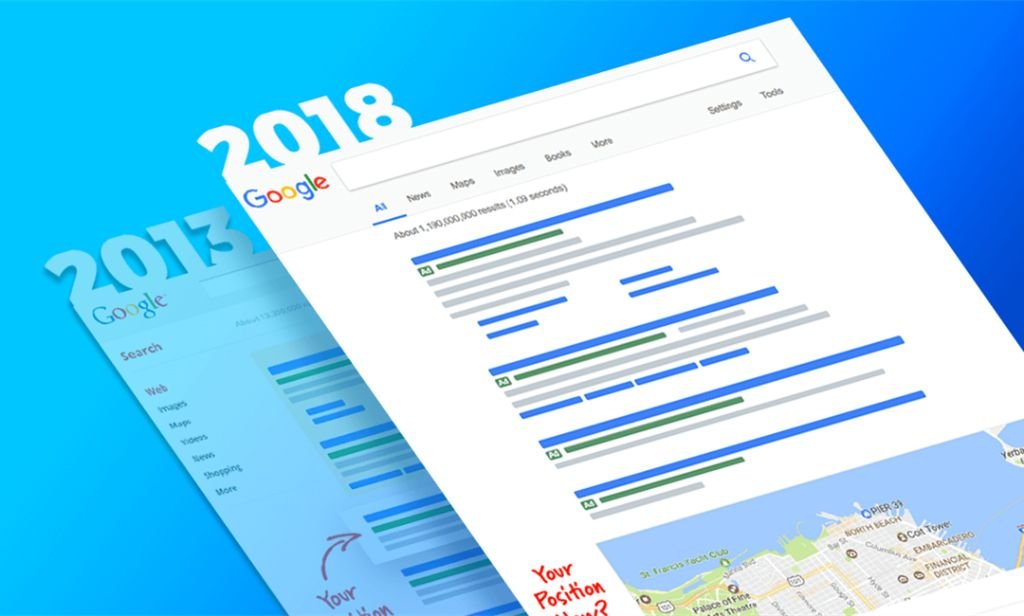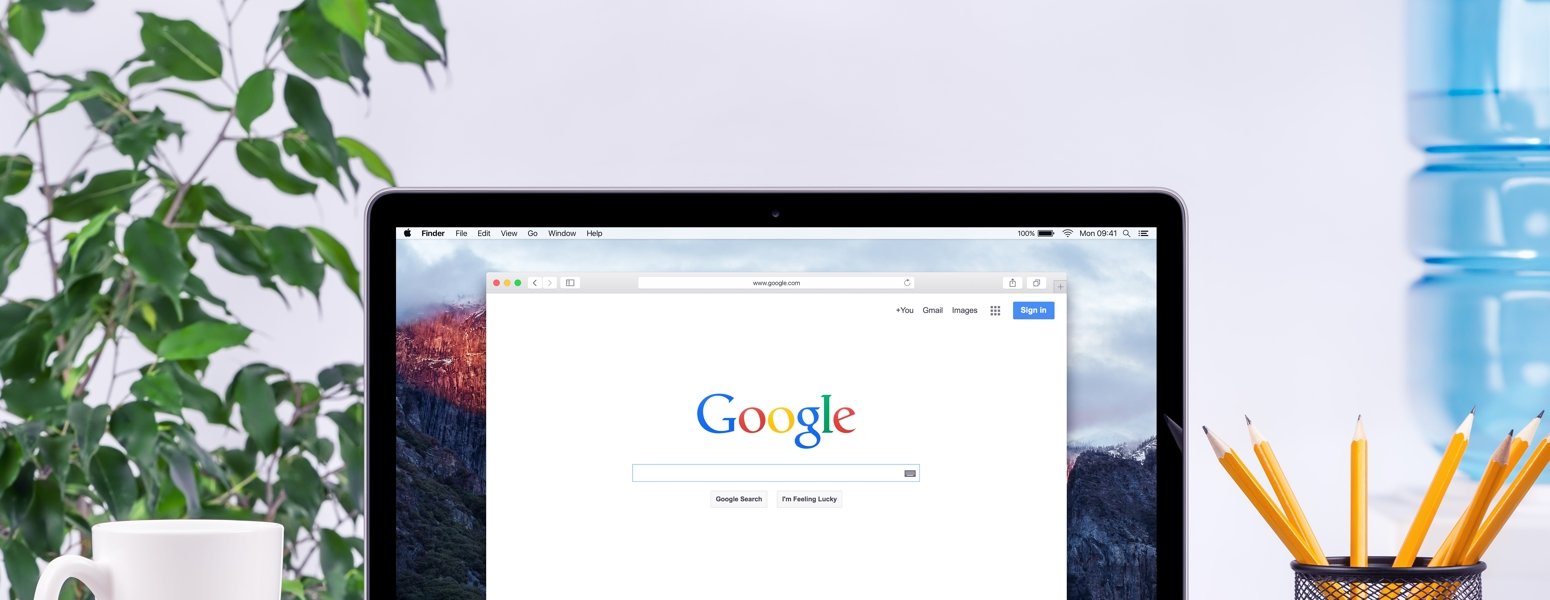Last week I told you about the saga of my automatic gate. While not rising to the scandalous level of “Gate Gate”, this little first world problem helpfully articulates the issue that so many businesses need to overcome. So let’s break my situation down a little bit more.
I had a very specific need: my gate was broken and I wanted someone to come out and fix it. Even the most unsophisticated businesses know that they want consumers to find them online, but how many have actually thoroughly thought through the process of exactly how that happens?
The basic problem is–we’re all consumers. Therefore, we all have some very basic, baked-in assumptions about the way that other consumers behave online (like we do, right!?). When most people go to the mechanic to have their car repaired, they don’t feel like they have a better understanding of how to replace that head gasket than the guy in the blue coveralls. But when it comes to searching for things online, we literally all do that every day. We’re all experts!
Except…the world we live in changes fast. Let me walk you through the subtle changes that Google has been making over the last five or so years just to the search engine results page (SERP). And remember–this is a process that we all use pretty much every day when we search for stuff online. The SERP is something we all know plenty about! Right….?
For the purposes of this exercise, let’s assume for a moment that your business was lucky enough to be organically ranked in place one on page one for the primary keyword you wanted consumers to find you for. IE: “Toyota Repair Plano”, “Dermatologist near me”, “Affordable plumber” or “Family Lawyer Akron”. As recently as 2013, a search for one of these things would have returned a SERP that looked like this:

- There were a few ads at the top of the page, nicely color-coded.
- Traditional organic results were prominently featured at the top of page one.
- Additional ads were visible along the right side, underneath a small map.
- Google advertising revenue in 2013: $51.07 Billion.*
Starting in 2014, things started to change. Later that year, that same search would have taken you to a SERP that looked like this:

- Three ads at the top of the page, but NOT highlighted in a different color.
- More ads down the right side.
- Traditional organic results still prominently displayed on page one.
- Google advertising revenue in 2014: $59.62 Billion.
Now look what happens as we move into 2015 with that same search query:

- Three ads are featured at the top.
- The map moved to the center-top of the page.
- Traditional organic results are now less prominently featured at the bottom of the page.
- Note: As of December 2015, Google reported that over 50% of all searches were being conducted via mobile device.
- That meant your organic position on mobile became important to pay attention to. And note where it is: two scrolls down the page.
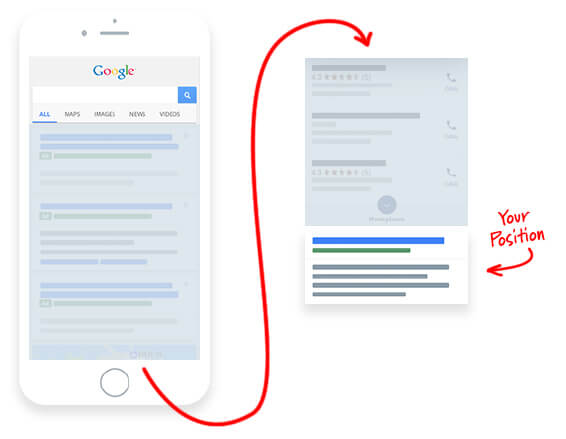
- Google’s advertising revenue:
- 2015: $67.39 Billion
- 2016: $79.38 Billion
By 2017, that same search would look like this:
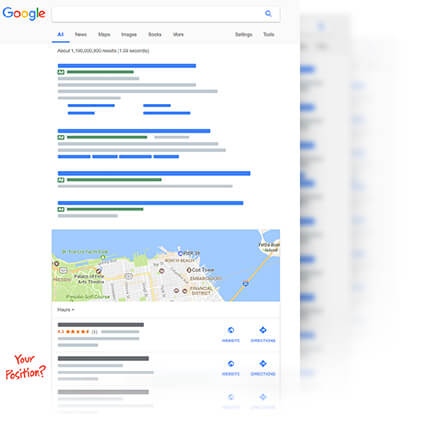
- More ads at the top.
- Your number one traditional organic ranking is no longer visible on page one.
- On mobile, organic results are even further down.
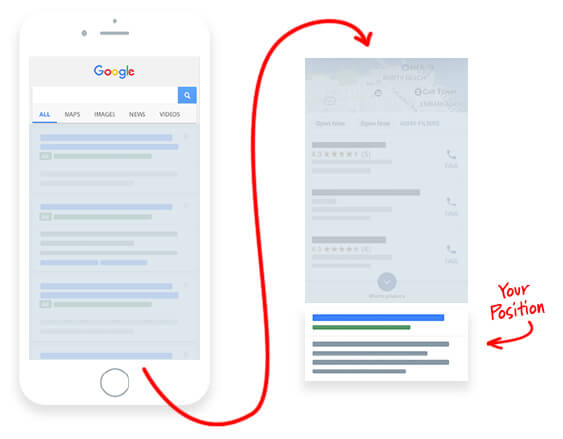
- Google advertising revenue 2017: $95.48 Billion.
If you go to your browser today and then do the same search, you’re likely to find a new ad unit across the top, called Local Service Ads, looking like this:
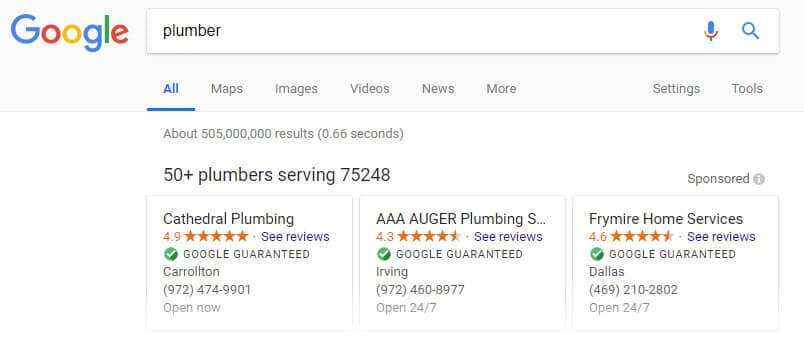
These ads take up more real estate across the top of the SERPs and sit above the PPC paid ads and the maps. (Note that this ad unit is currently only available for a specific list of home service industries and only in major metro areas.) Known as LSA’s, these are also ads like PPC, and they take up more real estate at the top of the SERP.
OK, so what does all this mean to you? Well, if you’re someone searching for a local business it means that you’re going to see a lot more ads and map results than you are traditional organic results. Here are some interesting stats we’re given about Google:
- Only 10% of searchers visit page 2 of the SERPs.
- 50% of Google users don’t know the difference between an ad and an organic result.
- 64% of searchers click on an ad when looking to buy something online.
- Google’s ad revenue continues to increase, rivaling or surpassing the GDP of a handful of small countries.
- Google doesn’t get paid when users select organic results.
So what does this mean for your business? Well I hope you’re running advertising on Google and not waiting for users to find you organically. While it was a perfectly sound tactic just a few years ago, it’s harder and harder to grow your business with an organic-only strategy. Plus, if you’ve priced SEO work recently you know that it’s not cheap to move that ranking needle. Just like Manhattan or San Francisco real estate–when there’s only so much space to go around, the pricing just goes up. So those “free” organic leads are anything but.
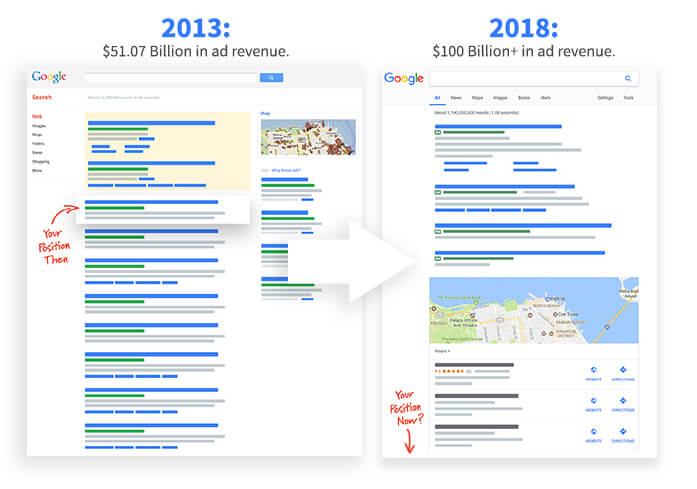
Citations:
- https://www.statista.com/statistics/266249/advertising-revenue-of-google/
- https://www.forbes.com/sites/forbesagencycouncil/2017/10/30/the-value-of-search-results-rankings/#75a2e79044d3
- https://www.theleverageway.com/blog/how-far-down-the-search-engine-results-page-will-most-people-go/
- http://forcemktg.com/can-consumers-tell-the-difference-between-paid-and-organic-search-results/
- https://www.wordstream.com/blog/ws/2012/07/17/google-advertising
